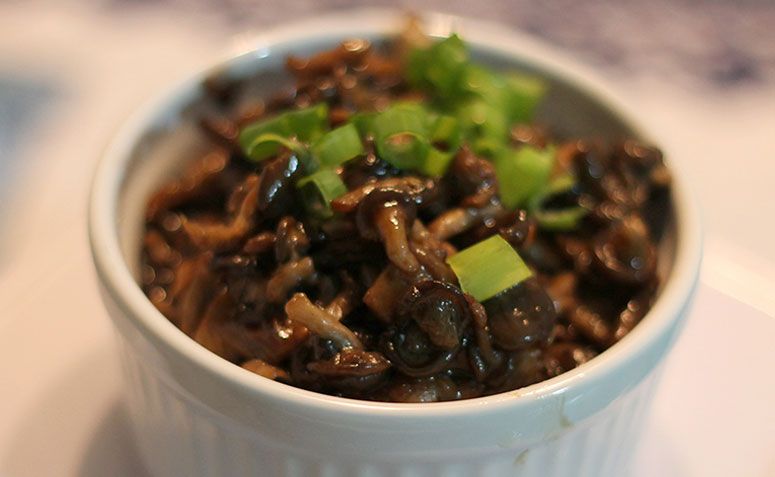
NOTICE: Sugoi Shimeji does not run on chrome.google.com or tabs with no active url. 400+ characters available on Chrome & Firefox no spawn or character limit Sugoi Shimeji is a extension that can create animated character friends. Shimeji, my desktop nightmare I recently discovered a Shimeji on DeviantArt and it was a shimeji of my favourite childhood TV Character, so I decided to install him. I know how Shimejis work, I had three others on my laptop, but to get to the point, he has been a living nightmare for me. Shimejis are little desktop friends that wander around your screen, and sometimes interact with your desktop items (though that’s rare with the type of shimejis ive been using) So far I’ve made 2 sanders sides Shimejis, Patton and Virgil, and I’m currently in the process of making a Deceit version. Calm shimeji will keep you company and won’t cause much trouble. Mischievous: This version is far more active than the other! Mischievous shimeji will walk, crawl, climb walls, sit, steal your minimized browser windows, and multiply, multiply, multiply. They’re much more fun, but watch out: they’ll quickly invade your desktop. Shimeji mushrooms are a group of mushroom varieties characterized by long stems and tight concave caps. There are over 20 species of shimeji mushrooms, including enoki and pioppino. This post is about the buna-shimeji, which is also called the beech mushroom and the brown clamshell mushroom.Buna-shimeji grow in a cluster and have pale stems that are about a quarter of an inch thick and between.
Shimeji Browser Extension
Shimeji (Japanese: シメジ, 占地 or 湿地) is a group of edible mushrooms native to East Asia, but also found in northern Europe.[1]Hon-shimeji (Lyophyllum shimeji) is a mycorrhizal fungus and difficult to cultivate. Other species are saprotrophs, and buna-shimeji is now widely cultivated. Shimeji is rich in umami tasting compounds such as guanylic acid, glutamic acid, and aspartic acid.[2]
Species[edit]
Several species are sold as shimeji mushrooms. All are saprotroph except Lyophyllum shimeji.
- Mycorrhiza
- Hon-shimeji (ホンシメジ), Lyophyllum shimeji
- The cultivation methods have been patented by several groups, such as Takara Bio[3] and Yamasa,[4] and the cultivated hon-shimeji is available from several manufacturers in Japan.[5][6]
- Saprotroph
- Buna-shimeji (ブナシメジ, lit. beech shimeji), Hypsizygus tessellatus, also known in English as the brown beech or brown clamshell mushroom
- Hypsizygus marmoreus is a synonym of Hypsizygus tessellatus. Cultivation of Buna-shimeji was first patented by Takara Shuzo Co.,Ltd. in 1972 as hon-shimeji and the production started in 1973 in Japan.[7] Now, several breeds are widely cultivated and sold fresh in markets.
- Bunapi-shimeji (ブナピー), known in English as the white beech or white clamshell mushroom
- Bunapi was selected from UV-irradiated buna-shimeji ('hokuto #8' x 'hokuto #12') and the breed was registered as 'hokuto shiro #1' by Hokuto Corporation.[8][9]
- Hatake-shimeji (ハタケシメジ), Lyophyllum decastes
- Shirotamogidake (シロタモギダケ), Hypsizygus ulmarius


- These two species had been also sold as hon-shimeji.
- Velvet pioppino (alias velvet pioppini, black poplar mushroom, Chinese: 茶樹菇/茶树菇), Agrocybe aegerita
Cooking[edit]
Shimeji should always be cooked: it is not a good mushroom to serve raw due to a somewhat bitter taste, but the bitterness disappears completely upon cooking. The cooked mushroom has a pleasant, firm, slightly crunchy texture and a slightly nutty flavor. Cooking also makes this mushroom easier to digest. It works well in stir-fried foods, as well as with wild game or seafood. Also it can be used in soups, stews and in sauces. When cooked alone, Shimeji mushrooms can be sautéed whole, including the stem or stalk (only the very end cut off), using a higher temperature or they can be slow roasted on a low temperature with a small amount of butter or cooking oil. Shimeji is used in soups, nabe and takikomi gohan.[citation needed]
See also[edit]
References[edit]
| Wikimedia Commons has media related to Shimeji. |
- ^Hon Shimeji located in Sweden - http://www.spiegel.de/wissenschaft/natur/0,1518,703531,00.html (German) - retrieved June 30, 2010
- ^(in Japanese)Hyoeiオリジナルコラム(なでしこ通信) 日本人はキノコが大好きArchived 2007-12-13 at the Wayback Machine, Hyogo NCC College.
- ^METHOD FOR ARTIFICIALLY CULTURING LYOPHYLLUM SHIMEJI, TAKARA AGURI KK, JP2001120059. ARTIFICIAL CULTIVATION METHOD OF LYOPHYLLUM SHIMEJI, TAKARA BIO INC, JP2007143565.
- ^NEW STRAIN OF LYOPHYLLUM SHIMEJI AND USE OF THE SAME, YAMASA SHOYU KK, JP2006271234. METHOD FOR ARTIFICIALLY CULTURING LYOPHYLLUM SHIMEJI AND CULTURE MEDIUM, Yamasa Shoyu KK, JP2007054044.
- ^(in Japanese)雪国本しめじArchived 2007-12-15 at the Wayback Machine, Yukiguni Maitake Co.,Ltd.
- ^(in Japanese)ヤマサほんしめじ, Yamasa Corporation.
- ^(in Japanese)Hypsizigus marmoreus - 長期利用微生物参考データ(食品工業利用微生物), Ministry of Economy, Trade and Industry, Japan.
- ^Bunashimeji and BunapiArchived 2007-12-16 at the Wayback Machine, Hokuto Corporation.
- ^(in Japanese)ホクト白1号菌 (第13294号)[permanent dead link], Plant Variety Protection, Ministry of Agriculture, Forestry and Fisheries (Japan).
External links[edit]
- Honshimeji Mushroom, RecipeTips.com. Brown Beech (Buna shimeji), White Beech (Bunapi shimeji), and the Pioppino (Agrocybe aegerita) mushrooms.